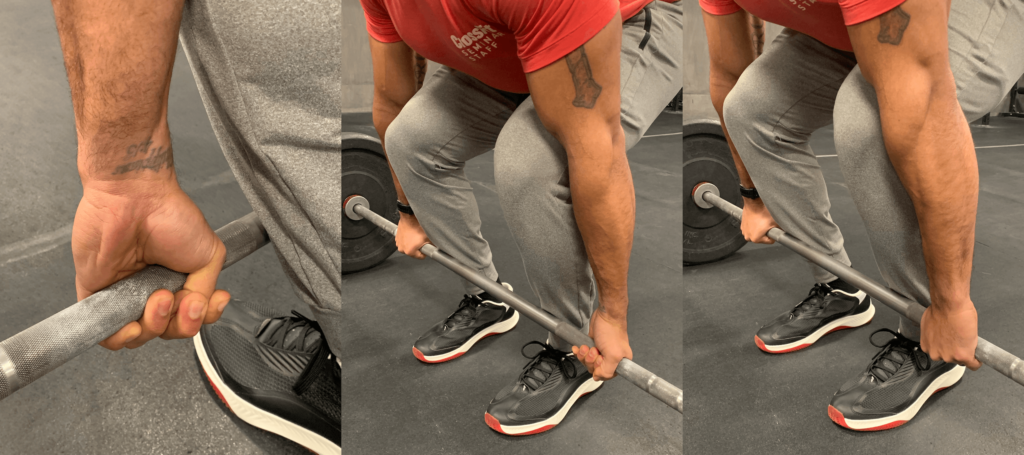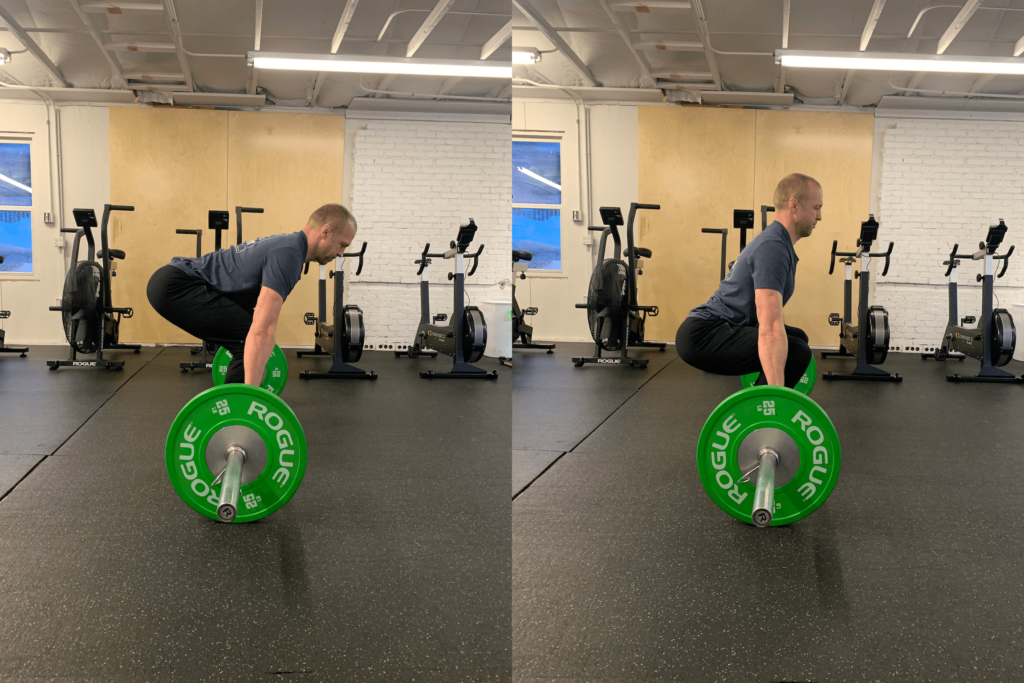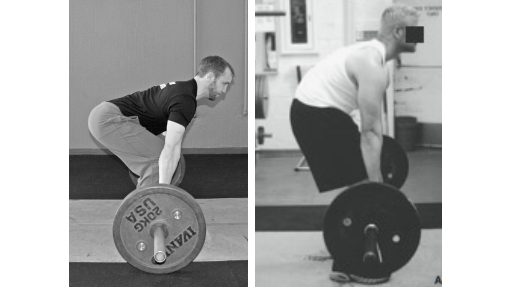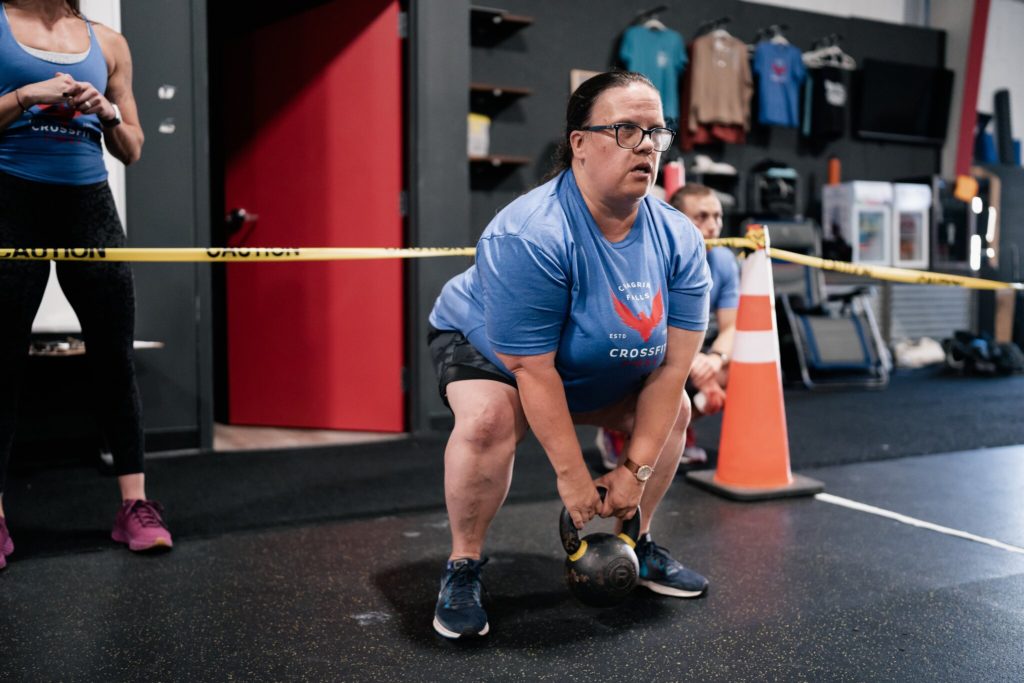The deadlift is one of CrossFit’s foundational movements and is the safe and sound approach by which any object should be lifted from the ground. It is unrivaled in its simplicity and impact while unique in its capacity for increasing head-to-toe strength.
The deadlift can be commonly seen in many everyday activities like lifting a grocery bag or picking up a child. Maintaining functionality in this hip-hinging movement is key to lifelong fitness, which is the definition of health.
In an athlete’s pursuit of fitness, getting stronger in the deadlift offers a “quick boost of general strength and sense of power.” As the initiation of Olympic lifts such as the snatch and the clean and jerk, and the safe way to lift anything off the ground, the deadlift is essential in optimizing fitness and safely performing everyday tasks.
CrossFit recommends deadlifting at near-max loads once per week or so and maybe one other time at loads that would be insignificant at low reps. Be patient and learn to celebrate small, infrequent bests.
How Do I Deadlift With Proper Form?
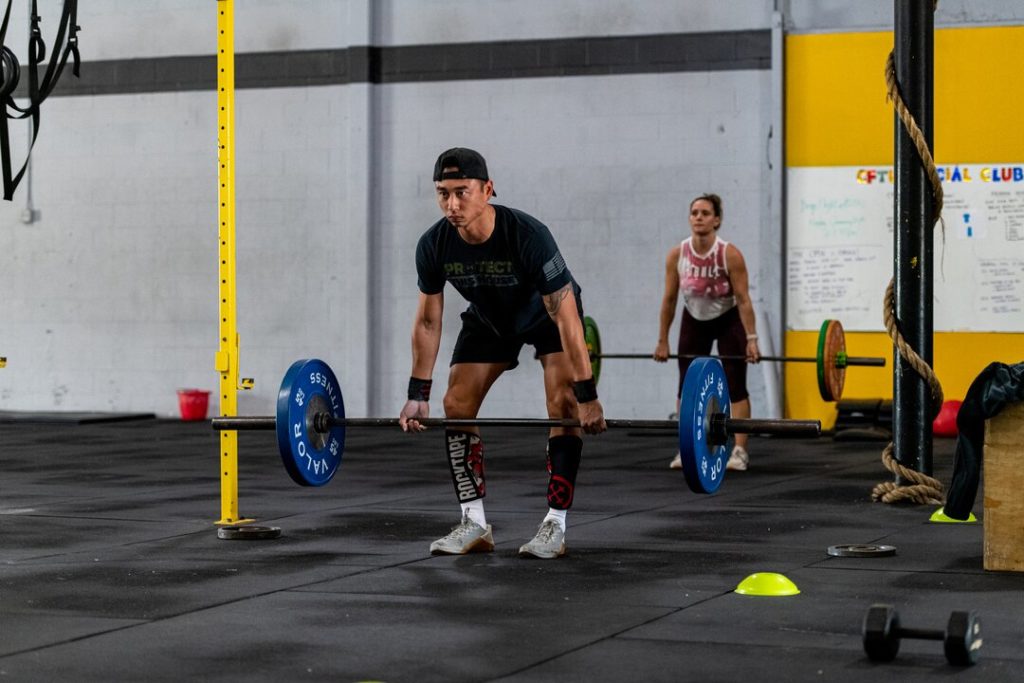
While the deadlift may seem simple, essential points of performance must be abided by in order to perform the movement in the safest and most efficient and effective way possible. The first thing to consider is the setup position, which will vary based on leg and torso length.
When setting up for the deadlift:
- The feet should be somewhere between the hips and shoulders.
- The bar starts at mid-shin with the athlete gripping the bar outside the shins and the bar in contact with the body.
- The shoulders are higher than hips, and the hips should be higher than the knees. This may change based on the height of the athlete. A taller athlete will have less incline between shoulders and hips in the setup.
- The back should be braced and in a neutral position. This will translate to a rigid torso and no movement between the hips and shoulders through the lift.
- Shoulders and hips rise at the same time when initiating the lift.
- Bar stays in contact with the body throughout the lift.
- Drive through the heels on the initial pull as the knees move back and the chest lifts in unison.
- To reset, retrace the same path on the way down, pushing the hips back and regaining the rigid neutral position of the torso. Once the bar has crossed the plane of the knees, the knees rebend and the bar returns to the starting position.
